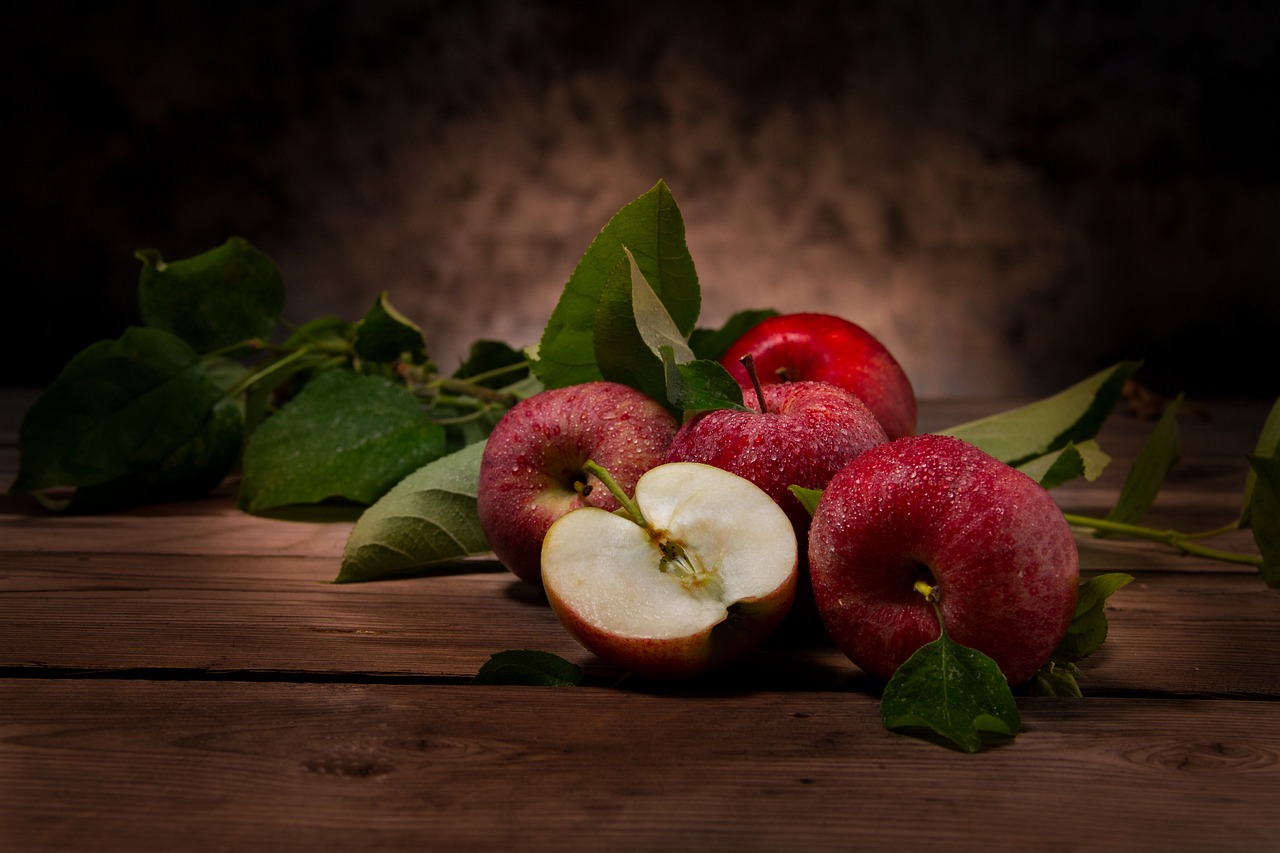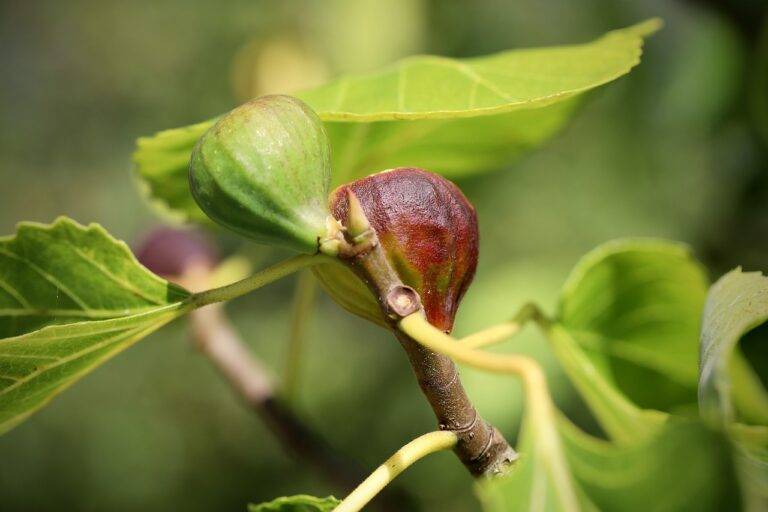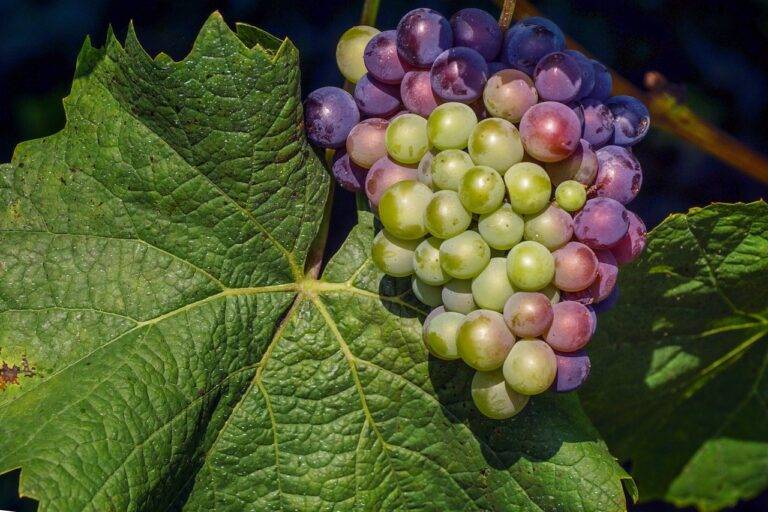The Future of Food Waste Reduction: Innovations in Packaging and Recycling
In the highly competitive food industry, the importance of innovative packaging solutions to extend shelf life cannot be overstated. With consumers demanding fresher products that last longer, packaging plays a crucial role in ensuring the quality and safety of perishable goods. From modified atmosphere packaging to vacuum sealing techniques, advancements in technology have revolutionized how food is preserved and distributed to meet growing market demands.
One of the key factors driving the development of innovative packaging solutions is the need to reduce food waste. By extending the shelf life of products through effective packaging strategies, manufacturers can minimize spoilage and ensure products reach consumers in optimal condition. As sustainability becomes a top priority for both businesses and consumers, the focus on implementing packaging solutions that not only extend shelf life but also minimize environmental impact is likely to continue to shape the future of the industry.
Advancements in Biodegradable Packaging Materials
Biodegradable packaging materials have emerged as a sustainable solution to combat the environmental impacts of traditional plastics. With a focus on reducing plastic waste and pollution, researchers and manufacturers have been actively developing innovative biodegradable alternatives that offer both functionality and eco-friendliness. These materials are designed to break down naturally in the environment, minimizing their impact on ecosystems and wildlife.
One of the key advancements in biodegradable packaging materials is the utilization of plant-based bioplastics, such as polylactic acid (PLA) and polyhydroxyalkanoates (PHA). These materials are derived from renewable resources like corn starch, sugarcane, or vegetable oils, making them biodegradable and compostable. In addition to their environmentally friendly attributes, plant-based bioplastics also exhibit similar performance characteristics to traditional plastics, ensuring that they can meet the functional requirements of various packaging applications.
What are some examples of biodegradable packaging materials?
Some examples of biodegradable packaging materials include PLA (polylactic acid), PHA (polyhydroxyalkanoates), and compostable plastics.
How do biodegradable packaging materials help extend shelf life?
Biodegradable packaging materials can help extend shelf life by providing a barrier against oxygen, moisture, and light, which can all contribute to the spoilage of food products.
Are biodegradable packaging materials cost-effective?
While biodegradable packaging materials may be slightly more expensive than traditional plastics, their benefits in terms of environmental impact and sustainability make them a worthwhile investment for many companies.
Can biodegradable packaging materials be recycled?
Some biodegradable packaging materials can be recycled, but it is important to check with your local recycling facilities to see if they accept these materials.
Are there any downsides to using biodegradable packaging materials?
One potential downside to using biodegradable packaging materials is that they may not have the same level of durability as traditional plastics, leading to a shorter shelf life for some products. However, advancements in technology are constantly improving the performance of biodegradable materials.





